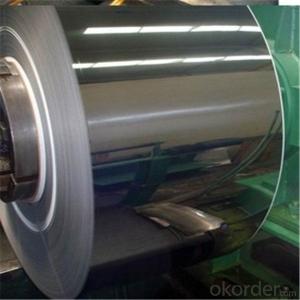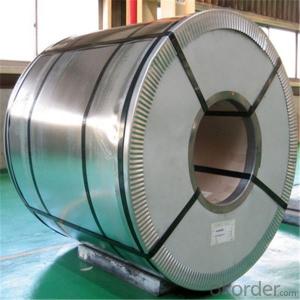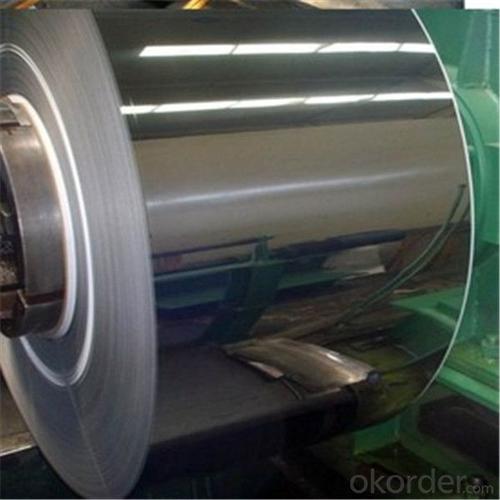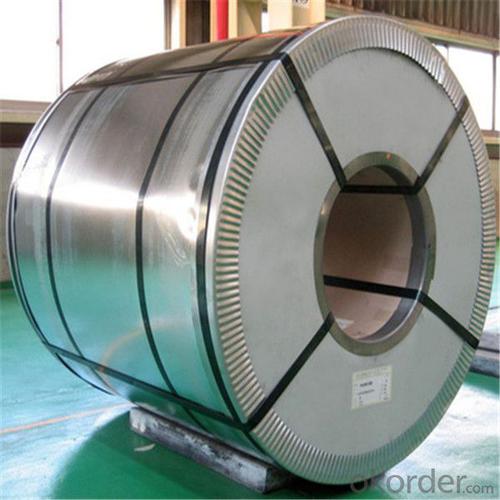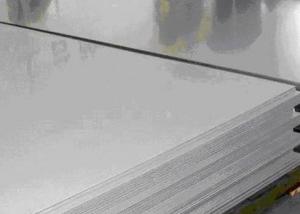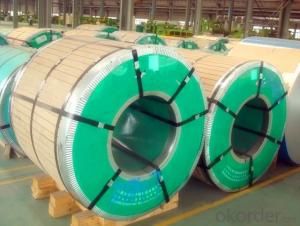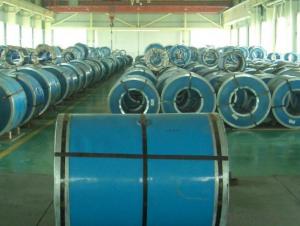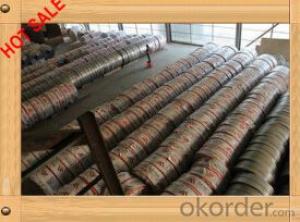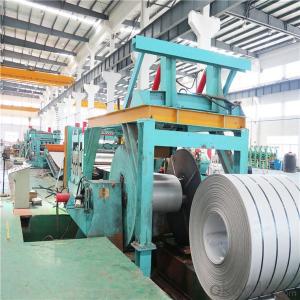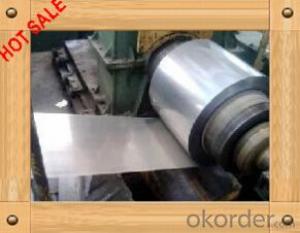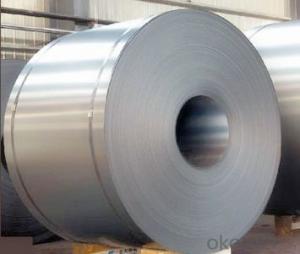BA finish Stainless Steel Coil 202 grade in large stock
- Loading Port:
- Shanghai
- Payment Terms:
- TT OR LC
- Min Order Qty:
- 2 m.t.
- Supply Capability:
- 100000 m.t./month
OKorder Service Pledge
OKorder Financial Service
You Might Also Like
Specification
Product Name |
202 stainless steel Coil
|
Standard | JIS, AISI, ASTM, GB, DIN,SUS |
Width | Within 2000mm or as the customers' requirements |
Length | In coil or or as the customers' requirements |
Thickness | 0.3-60mm |
Surface | NO1./NO.4/8K/HL/BA/2B |
manufacture | Cold Rolled and Hot Rolled |
Application | Decoration,Industry,food processing and medical industry ,ships building industry etc. |
Packing | Export standard or as customers' requirement |
Delivery time | Within 7 working days, according to customers' quantities |
Payment | L/C or T/T |
MOQ | 1 Ton |
| Quality | High Quality.SGS inspection is accepted if needed |
| Productivity | 1500Tons/Month |
Attention | We will supply you good quality, bottom price and first-class service in china and hope to be your golden supplier |
Grade | Chemical composition | |||||||
C | Si | Mn | P | S | Ni | N | Cr | |
% | % | % | % | % | % | % | % | |
202 | ≤0.15 | ≤1.00 | 7.5~10.00 | ≤0.50 | ≤0.030 | 4.00~6.00 | - | 17.00-19.00 |
Physical Property | ||||
density | Strength of extension | yield strength | elongation | modulus of elasticity |
g/cm³ | psi | psi | % | psi |
7.93 | 100000-180000 | 50000-15000 | 55-60 | 29000000 |
SS 202 stainless steel Coil in stock
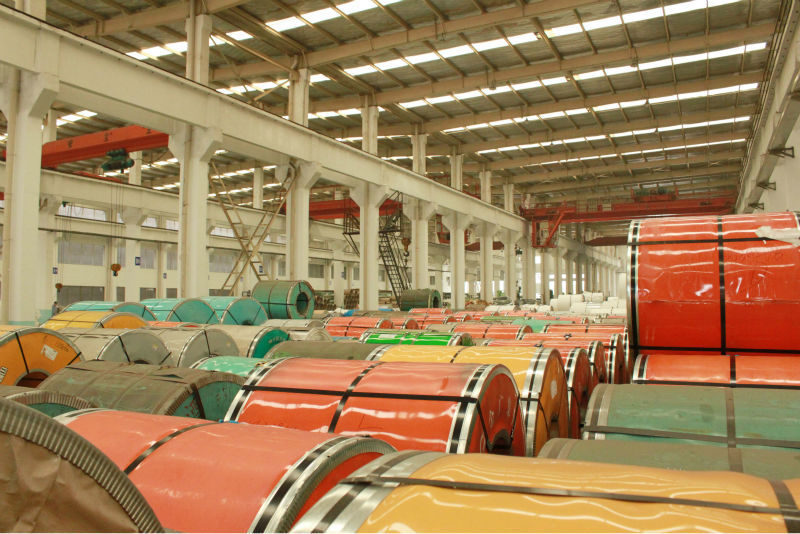
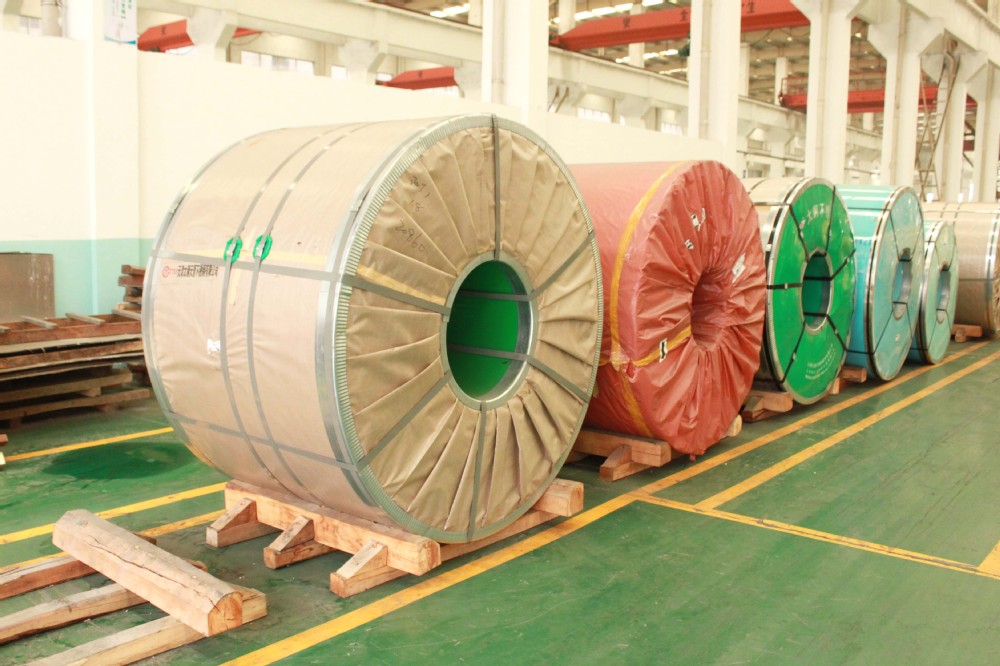
Packaging & Shipping
| Packing Details | 1500 Tons/Month |
| 1.Export sea worthy package + water proof paper + wooden pallet 2. Max Loading 26.5mt for each 20Gp container 3.Safe loading and fixing Professiona teams 4. Professional shipping line | |
| Port: Shanghai Port | |
| Delivery Time | 7 workdays after the order |
| Payment Terms | T/T, L/C, pay in cash |
| Shipping | DHL, UPS, Fedex, TNT, EMS, by sea any way you think is possible |
Quality detection
Testing
we always attach great importance to quality controlling from the very beginning to the very end.We could do the third party test of SGS for you.
Our Services
1.Transportation speed is quick
2.High quality , quantity is with preferential treatment
3.We can cut stainless steel sheet in any shape
4.Famous stainless steel company in China and overseas.
5.Strong ability to supply.
6.Branded stainless steel.
7.Full range of materials.
8.Competitive price.
9.Reliable quality and service.
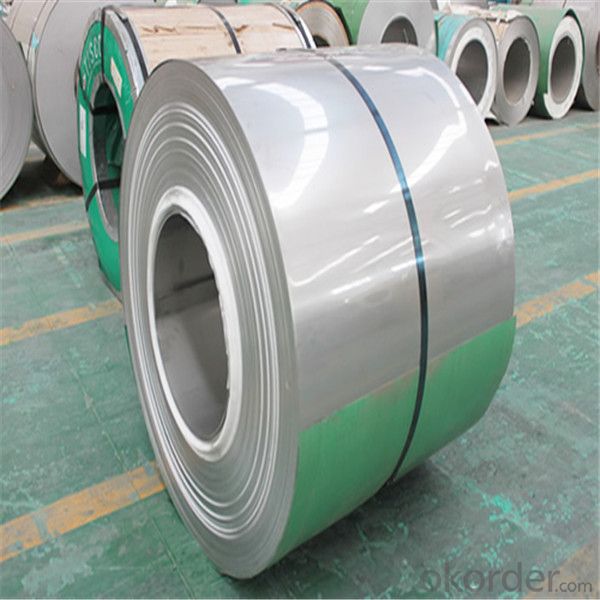
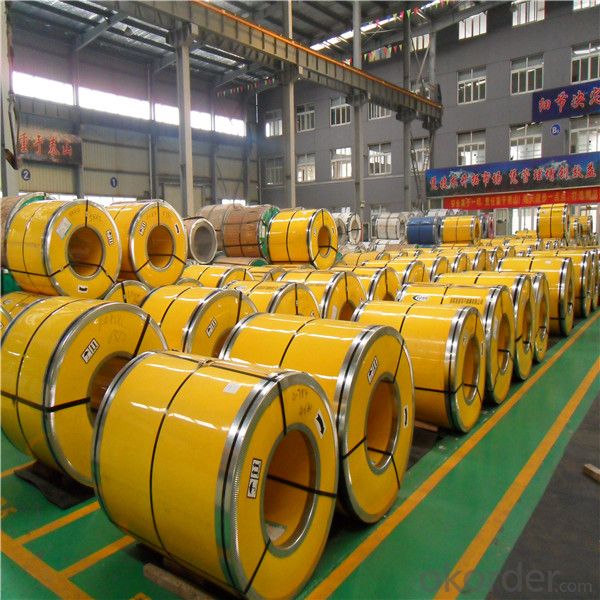
- Q: Can stainless steel strips be used in the production of cutlery?
- Yes, stainless steel strips can be used in the production of cutlery. Stainless steel is a popular choice for cutlery due to its high resistance to corrosion and staining, as well as its durability and strength. Stainless steel strips are commonly used as the raw material for cutlery production as they can be easily shaped and formed into various utensil designs. Additionally, stainless steel strips can be polished to achieve a smooth and shiny surface, which is desirable for cutlery. Overall, stainless steel strips provide the necessary qualities required for the production of high-quality and long-lasting cutlery.
- Q: Can stainless steel strips be used in the semiconductor industry?
- Yes, stainless steel strips can be used in the semiconductor industry. Stainless steel strips are known for their excellent corrosion resistance and high temperature tolerance, making them suitable for various applications in the semiconductor industry, including equipment manufacturing, wafer fabrication, and cleanroom construction.
- Q: Can stainless steel strips be used in the agriculture industry?
- Yes, stainless steel strips can be used in the agriculture industry. Stainless steel is known for its high strength, durability, and resistance to corrosion, making it an excellent choice for various agricultural applications. Stainless steel strips can be used in the construction of agricultural machinery and equipment, such as tractors, plows, and harvesters. These strips can be formed into different components, such as brackets, frames, and supports, providing structural integrity and longevity to the machinery. Additionally, stainless steel strips are often used in the fabrication of storage tanks, silos, and containers for storing fertilizers, pesticides, and other agricultural chemicals. The corrosion resistance of stainless steel ensures that these substances are stored safely without the risk of contamination or leakage. Stainless steel strips are also utilized in the construction of greenhouse structures and irrigation systems. These strips can be formed into hoops and supports to create sturdy and long-lasting greenhouse frames. Moreover, they can be used in irrigation pipes and fittings, ensuring that water is delivered efficiently to crops without any degradation or contamination. Furthermore, stainless steel strips can be employed in the manufacturing of agricultural tools and implements, such as knives, blades, and cutting edges. Stainless steel's high strength and wear resistance make these tools durable and capable of withstanding the demanding conditions of agricultural operations. Overall, stainless steel strips offer numerous advantages in the agriculture industry, including strength, durability, and corrosion resistance. These qualities make stainless steel a suitable choice for various agricultural applications, contributing to increased productivity, efficiency, and safety in the sector.
- Q: Can stainless steel strips be powder coated?
- Yes, stainless steel strips can be powder coated. Powder coating is a popular method of applying a protective and decorative finish to various materials, including steel. The process involves applying a dry powder to the surface of the stainless steel strips and then curing it in an oven. This results in a durable and uniform coating that adheres well to the metal surface. Powder coating offers several benefits, such as resistance to chipping, scratching, and fading, as well as enhanced durability and corrosion resistance. It also provides a wide range of color options and can be used to achieve different finishes, such as glossy, matte, or textured.
- Q: Can stainless steel strips be used for heat exchanger plates?
- Stainless steel strips are indeed capable of being utilized as heat exchanger plates. Given its exceptional durability and resistance to corrosion, stainless steel proves to be a fitting material for heat exchangers. The strips can conveniently be molded into plates of diverse shapes and sizes, granting flexibility in both design and installation. Moreover, stainless steel boasts outstanding thermal conductivity, guaranteeing effective heat transfer between fluids. All in all, due to their robustness, resistance to corrosion, and thermal conductivity properties, stainless steel strips are widely favored as heat exchanger plates.
- Q: How can stainless steel strips be welded together?
- Stainless steel strips can be welded together using various welding techniques such as TIG (Tungsten Inert Gas) welding, MIG (Metal Inert Gas) welding, or even spot welding. Each of these methods has its own advantages and considerations. TIG welding is commonly used for stainless steel due to its ability to produce high-quality and precise welds. It involves using a non-consumable tungsten electrode to create an electric arc between the electrode and the base metal. A filler metal is then fed into the weld puddle to join the stainless steel strips together. TIG welding offers excellent control over the heat input and provides a clean and aesthetically pleasing weld. MIG welding, on the other hand, is a more common method for joining stainless steel strips in industrial applications. It involves using a consumable electrode wire that is continuously fed through a welding gun. The wire serves as both the filler material and the electrode. MIG welding is relatively faster than TIG welding and is suitable for thicker stainless steel strips. However, it may produce a less visually appealing weld compared to TIG welding. Spot welding is another option for joining stainless steel strips, especially if they are thin. This method involves applying an electric current to create resistance heat between the two strips at specific spots. The heat generated melts the metal, and pressure is applied to fuse the strips together. Spot welding is a quick and efficient process, commonly used in mass production settings. Before welding stainless steel strips, it is essential to clean the surfaces to remove any contaminants and oxide layers that can affect the quality of the weld. Additionally, proper shielding gases, such as argon or helium, should be used to protect the weld from oxidation and ensure the weld's integrity. It is crucial to select the appropriate welding technique based on the thickness, desired weld quality, and specific requirements of the stainless steel strips. Consulting with a professional welder or referring to welding guidelines provided by the manufacturer is recommended to ensure a successful welding process.
- Q: Can stainless steel strips be formed into coils or rolls?
- Yes, stainless steel strips can be formed into coils or rolls. The flexibility and ductility of stainless steel allow it to be easily shaped and rolled into various coil or roll forms for different applications.
- Q: Can stainless steel strips be used for electrical enclosures?
- Yes, stainless steel strips can be used for electrical enclosures. Stainless steel is a highly durable and corrosion-resistant material, making it suitable for protecting electrical components from external elements and providing long-term reliability.
- Q: How do you determine the corrosion resistance of a stainless steel strip?
- To determine the corrosion resistance of a stainless steel strip, various tests can be conducted. One commonly used method is the salt spray test, where the strip is exposed to a saltwater mist for a specified period. The strip's performance is evaluated by observing any signs of corrosion, such as rust or discoloration. Additionally, electrochemical tests, such as the polarization test or the potentiodynamic scan, can be conducted to measure the strip's corrosion potential and resistance. These tests provide valuable insights into the strip's ability to withstand corrosion in different environments.
- Q: Can stainless steel strips be used in architectural façade systems?
- Yes, stainless steel strips can be used in architectural façade systems. Stainless steel is a popular choice for architectural applications due to its durability, corrosion resistance, and aesthetic appeal. It can be used as cladding or decorative elements in façade systems, providing a sleek and modern appearance to buildings.
Send your message to us
BA finish Stainless Steel Coil 202 grade in large stock
- Loading Port:
- Shanghai
- Payment Terms:
- TT OR LC
- Min Order Qty:
- 2 m.t.
- Supply Capability:
- 100000 m.t./month
OKorder Service Pledge
OKorder Financial Service
Similar products
Hot products
Hot Searches
Related keywords
